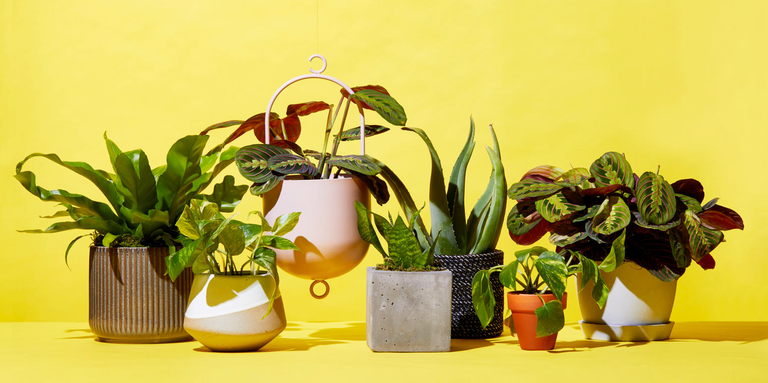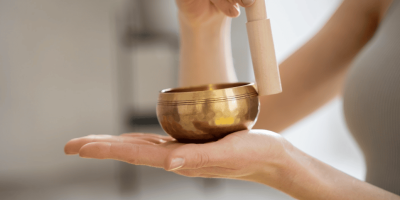
- Dieffenbachia plants have silly names
- The Peace Lily isn’t very peaceful when you think about it
- Don’t let the beautiful Oleander fool you!
Don’t you think people can be very toxic? Some are not just toxic, and they are downright stubborn and toxic at the same time! Why do you need friends or partners who would end up going against your back?
Not me being too personal right here, but anyways, plants are unlike humans, their presence is beneficial towards our lives. Compared to humans, plants are indeed non-toxic, or are they?
We know they make really good decorations, especially those that are trending on TikTok. I am also intrigued by it. Yes, it is good to follow the trend, but we really need to do some research on the plants we plan to put in our living space.
Do you know that some plants, including the popular ones, are in fact, toxic?
1/ Dieffenbachia

Plants from the Dieffenbachia family have colloquial names, including “dumb cane” and “mother-in-law’s tongue.” Yikes! The person who created the names is probably not a fan of mothers-in-law, not to mention that the plant is toxic too.
But jokes aside, they contain calcium oxalate. This substance forms needle-like crystals called raphides around the plant, acting as a defensive mechanism. And you do not want to mess with those raphides!
Let me tell you why:
Symptoms: They can cause pain and swelling right away if consumed or if the sap gets into the skin or eye. And not just that, the raphides create enzymes that break down protein, making the swelling worse. In a worst-case scenario, you might even get respiratory problems.
Treatment: Remove the remains of the plant from your mouth by rinsing with water. You can suck on an ice cube to relieve the pain. If it gets to your eye, immediately wash them for at least 15 minutes. If none of these methods work, it is best to seek medical attention.
2/ Peace Lily

Lilies have been associated with love, devotion, and purity. Its sweet and innocent beauty can’t help but assure you that they’re harmless. Well, you will be shocked to realise that its whole family is toxic!
And they have their own traits too. Like Dieffenbachia, Peace Lily also contains calcium oxalate, in fact, a lot of them in both its juice and sap. The symptoms will differ depending on the species that consume the plant, humans or pets.
Symptoms for humans: When the sap mixes with your blood, the effect will be mild, such as a puffy mouth, irritation, and burning sensation in the throat, mouth and lips. You will experience respiratory problems, choking, and kidney failure in large quantities.
Symptoms for pets: Your canine and feline friends will start sneezing and coughing as soon as they chew on the plant.
Severe symptoms include difficulty in breathing and swallowing, lethargy, nausea and possibly death from renal failure if left untreated for more than 72 hours.
Treatment: Rinse your mouth with water a couple of times and do the same for your pets. Home remedies such as fruit juices or calcium-rich foods also help nullify the toxic effects. Last but most importantly, go for proper medical treatment.
3/ Toxic Oleander

Isn’t the Oleander a breathtakingly beautiful plant? There is actually a story behind this plant too. In Greek mythology, a young man named Leander fell in love with a maiden.
Every night he would swim across the Hellespont just to meet her. Unfortunately, he drowned one day after getting caught by a tempest. When the maiden found his body, he was still clutching a flower in his hand.
She continued to grow their love by planting the flower. And from there, the plant would often be associated with endless love or caution towards the Victorians.
Whether the plant has been dried or not, all of its parts contain several toxic elements. They include cardiac glycosides, saponins, digitoxigenin, oleandrin, oleondroside, nerioside, and other unknown toxins.
With all these confusing names, you can be sure that they are highly toxic. Another fun fact! People use the Oleander for suicide, homicide as well as abortion, especially in India, Thailand and Brazil.
Symptoms: Chewing on an Oleander seed initially induces a burning, numbing sensation on the tongue, followed by dryness on the throat.
The checklist stretches, from nausea, diarrhoea, drowsiness, dilated pupils, high blood pressure, slow and irregular heartbeats and sudden cardiac arrest.
Treatment: Yellow Oleander is highly toxic, just like the rest of its family. You should seek medical attention immediately.
Lesson Learnt!
Great, even plants are toxic too. Well, I wouldn’t know if I didn’t do any research on this. How about you guys? You probably now realise that there is a lot to take note of before reaching out for those small, pretty plants.
Just like humans, you need to get to know them better to see if they are suitable for you. The same goes for plants! There is no harm in wanting to own them, but of course, there are a few precautions that you need to follow.
Curiosity does kill the cat. So keep all your plants away from the reach of young children, babies and pets. Better safe than sorry!









